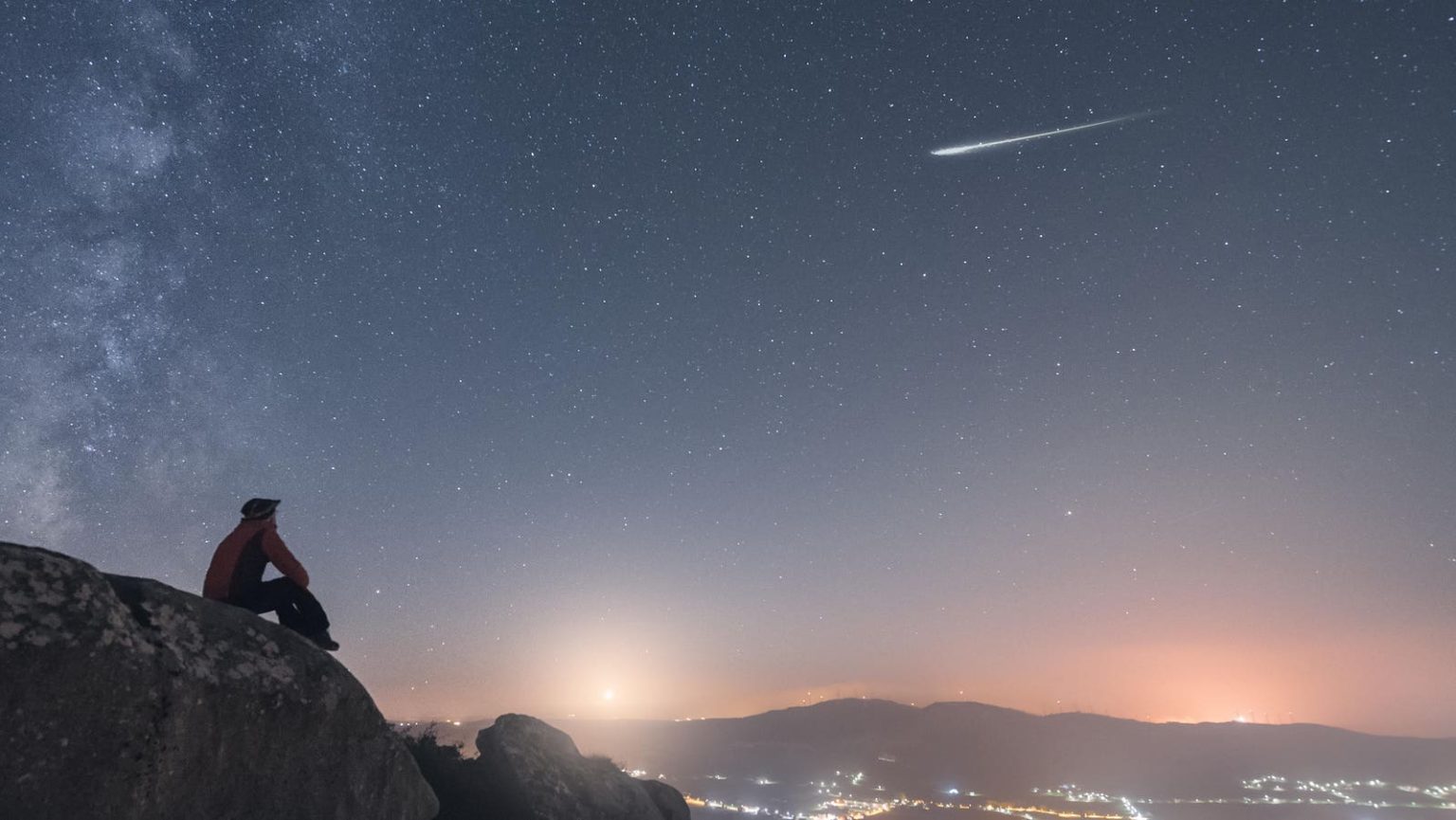After a drought of meteor showers since January, the Lyrids meteor shower will peak on Monday, April 22 through Tuesday, April 23, providing a chance to see about 20 shooting stars. However, this year’s display may be disappointing due to the 96%-lit moon. The bright moonlight will make it difficult to see the stars and shooting stars, but there is a slight hope for fireballs, which are ultra-bright meteors. Staying outside for an hour around midnight might be worth it to catch some of the first shooting stars of spring.
The full Pink Moon is set to rise on Tuesday evening, marking the beginning of the Jewish festival of Passover. The bright moonlight in the nights leading up to the full moon will make it harder to see the stars and shooting stars. However, for those eager to witness some celestial displays, there are two upcoming meteor showers to look forward to. The Eta Aquariid meteor shower, caused by debris from Halley’s Comet, will peak on May 5/6, with up to 50 shooting stars per hour. The Perseids meteor shower, the biggest and best meteor display of the year, will occur on August 12/13, with up to 100 shooting stars per hour during the peak.
The bright moonlight during the peak of the Lyrids may make it challenging to see the shooting stars, but there is still a chance to spot some fireballs. The American Meteor Society advises staying outside for an hour around midnight if it’s clear, as fireballs are more likely to be visible under these conditions. However, traveling to a dark rural sky is discouraged due to the moon’s brightness. For those disappointed with the Lyrids’ display this year, the Eta Aquariid and Perseids meteor showers offer better viewing opportunities in the coming months, with fewer obstructions from the moon and more shooting stars per hour.
As the Lyrids meteor shower makes its much-anticipated return after a drought, skywatchers are advised to be prepared for potentially limited visibility due to the bright moon. Despite this, there is still a chance to witness fireballs during the peak of the shower. For those looking forward to more impressive displays, the Eta Aquariid and Perseids meteor showers in May and August respectively offer opportunities to see more shooting stars per hour with less interference from the moon. With clear skies and wide eyes, stargazers can look forward to a year of exciting meteor showers and celestial displays.


